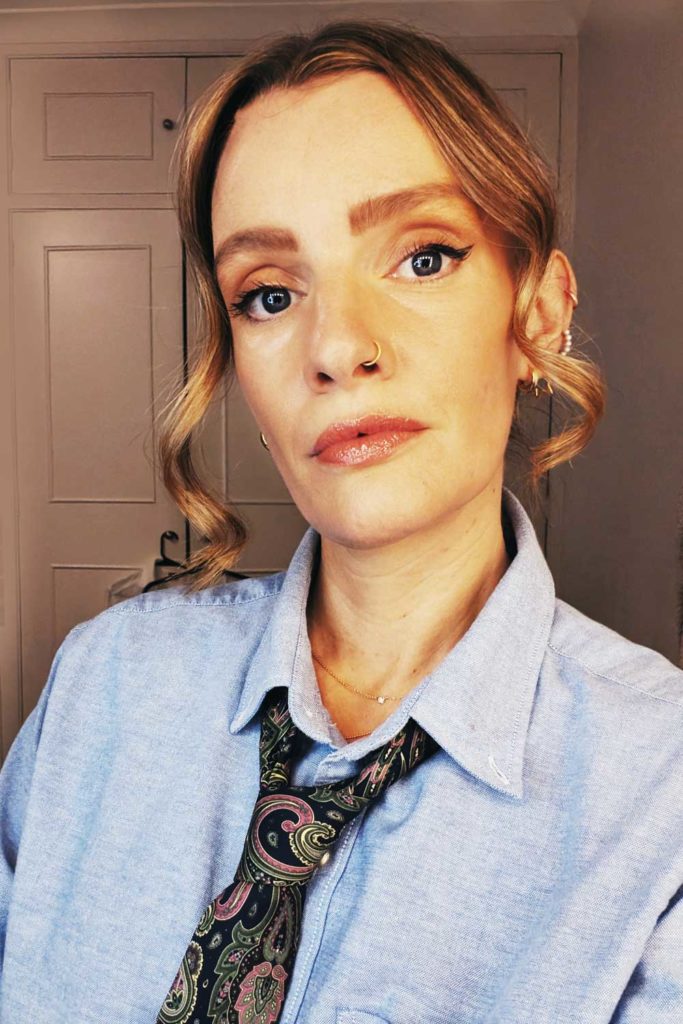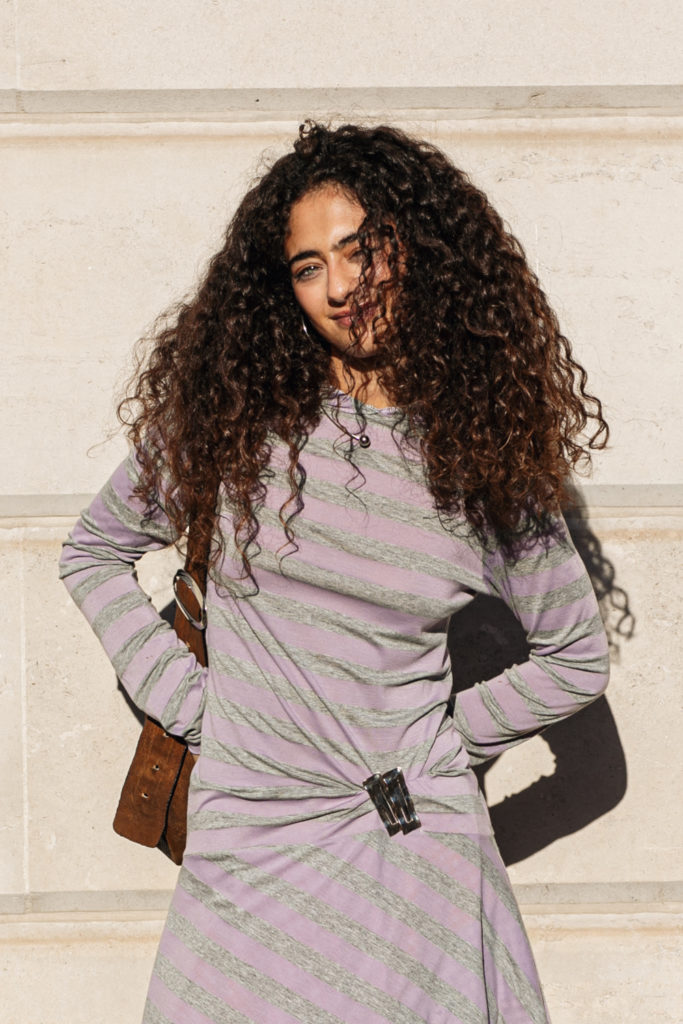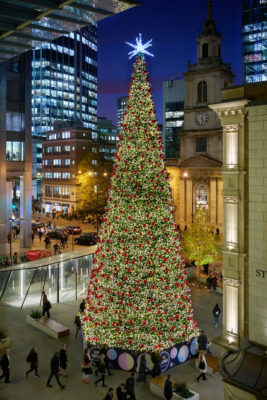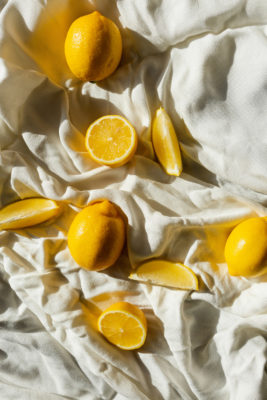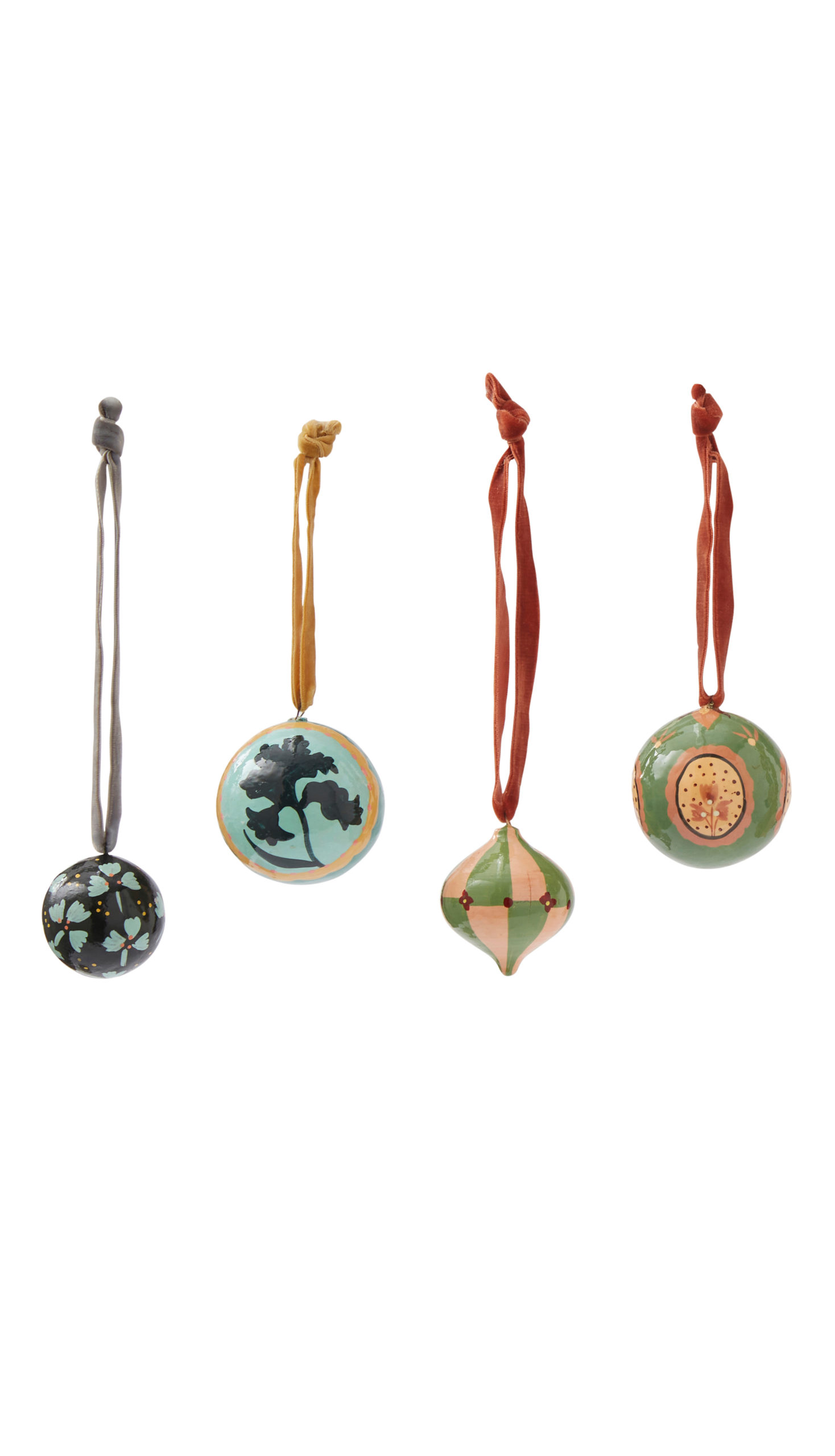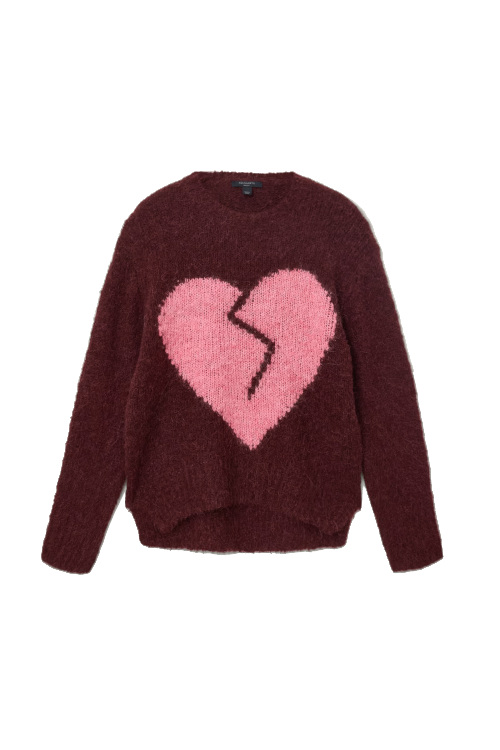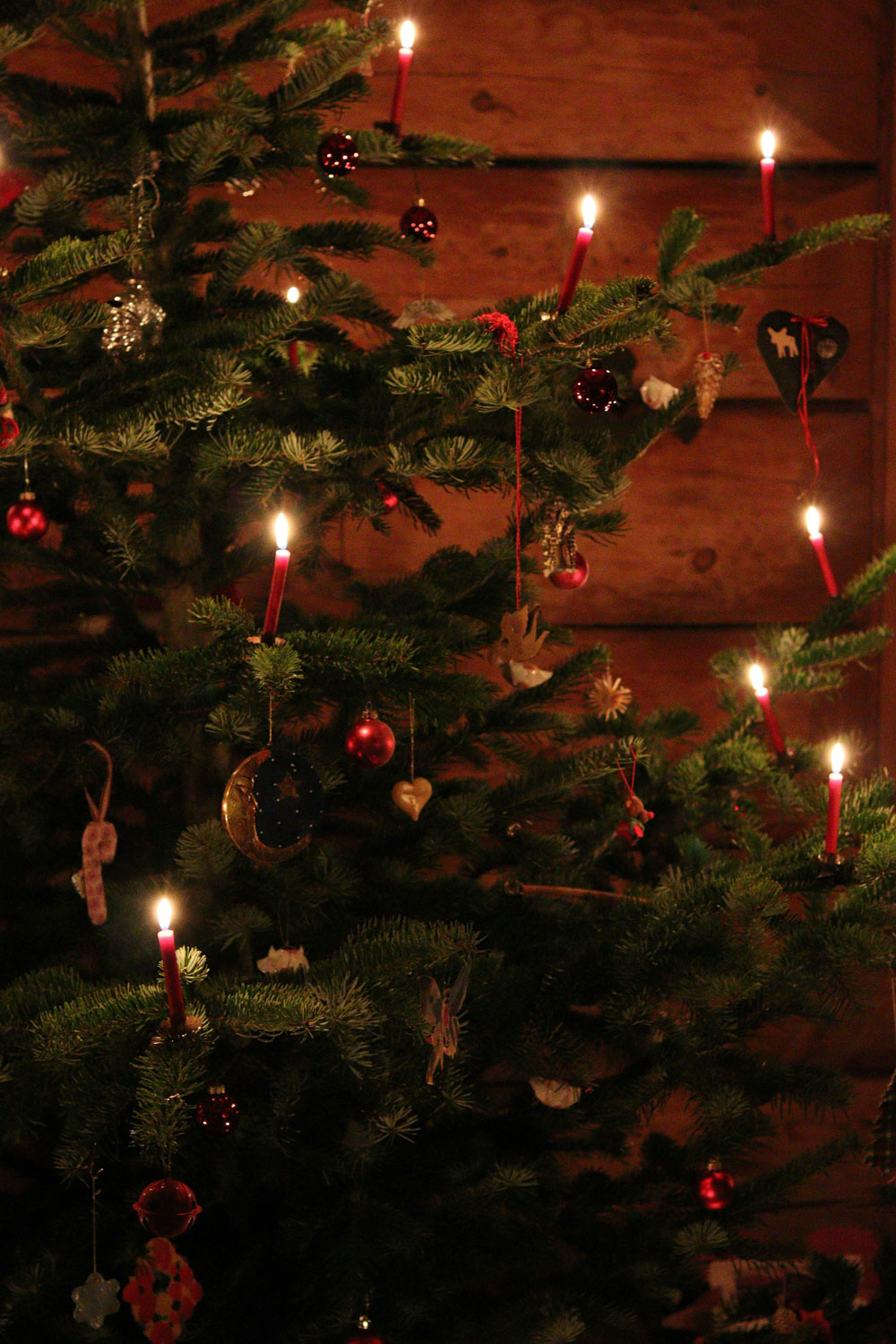
Is Your Christmas Tree Making You Ill?
By
1 year ago
How to combat festive hay fever
Decorating the Christmas tree is one of the most exciting moments of the year. But while it might look pretty, bringing a tree into your home – whether real or artificial – could also trigger a spell of hay fever, leaving you feeling congested and itchy. The condition even has its own name: Christmas Tree Syndrome, an allergic reaction which more than a third of Brits suffer from, according to a poll from Prevalin Allergy.
If this sounds all too familiar, fear not: it doesn’t necessarily mean you should be bowing out of the festive fun. Airborne allergens expert Max Wiseberg is here to help with some top tips for keeping the Christmas sniffles at bay.
What Is Christmas Tree Syndrome?
Christmas Tree Syndrome is a seasonal allergy to Christmas trees, with symptoms usually including sneezing, watery eyes, chest pain, coughing and even eczema. It was discovered as far back as 1970 in a scientific study, which delved into allergic reactions over the Christmas period.
So why does it occur? The answer is a tad unsettling: the syndrome can be caused by mould which grows on trees. In 2011, scientists from Upstate Medical University analysed clippings from 28 Christmas trees from a range of species, finding they housed 53 different types of mould. Trees can carry varieties including aspergillus (infection usually affects the respiratory system), penicillium (the fungi used to make penicillin which can be harmful) and Cladosporium (which can trigger asthma).
The allergic reaction can also be sparked by pollen, which gets lodged in the bark of trees. And, Max warns, ‘you’re not “out of the woods” if you opt for an artificial tree instead’ as these can contain ‘allergens such as dust and mould present on synthetic trees too, which have built up when stored’. This applies to tree decorations too, which may have been stored away in dusty cupboards since last year.
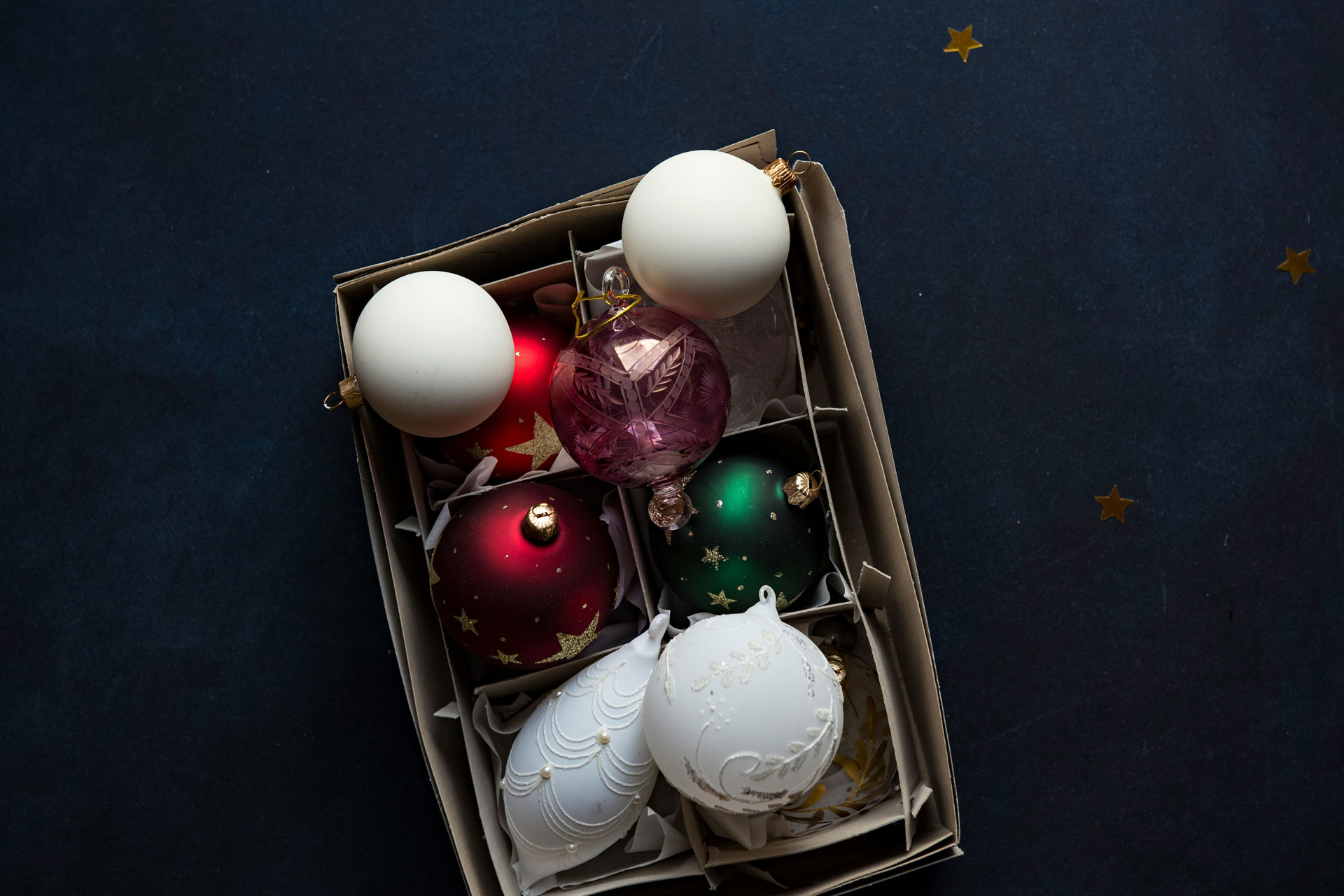
Unsplash
Top Tips For Combatting It
Max recommends:
- ‘Put your tree up as late as possible to help minimise the risk of exposure to mould.
- Hose down your tree before taking it into the house, or after getting it out of storage, as this can help remove some of the mould and spores – though it’s probably best to get someone who isn’t allergic to do this!
- Take care when you’re decorating your tree, or get someone else to do it, as allergens will be disturbed as you move the tree into position and move the branches to hang the decorations and position the lights.
- Regularly apply an allergen barrier balm such as HayMax around your nostrils to help stop the allergens getting up your nose and around the bones of your eyes. HayMax organic, drug-free allergen barrier balm has been proven in independent studies to trap both indoor and outdoor airborne allergens from entering the body. If this keeps you below your trigger level – the amount of allergen you can tolerate before your body reacts – you will have no allergic reaction.
- Use an air purifier to help clear the air of mould particles.
- Damp dust and vacuum regularly. Damp dusting will prevent allergen particles being redistributed into the air.
- Keep cuddly toys and blankets in a cupboard to prevent the build-up of allergens on them.
- Keep animals clean and well groomed, to reduce allergens collecting in their fur.’




